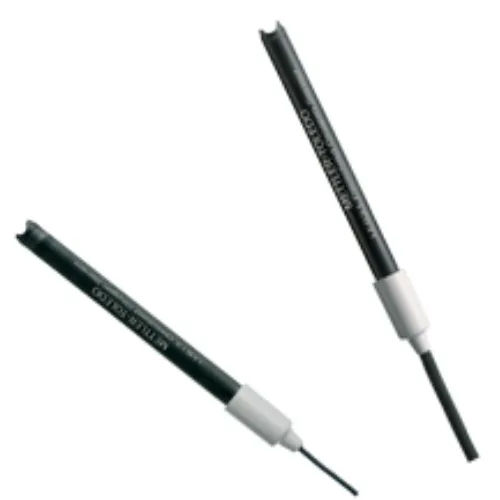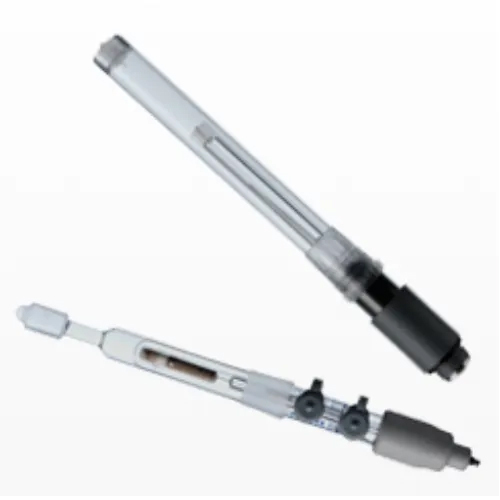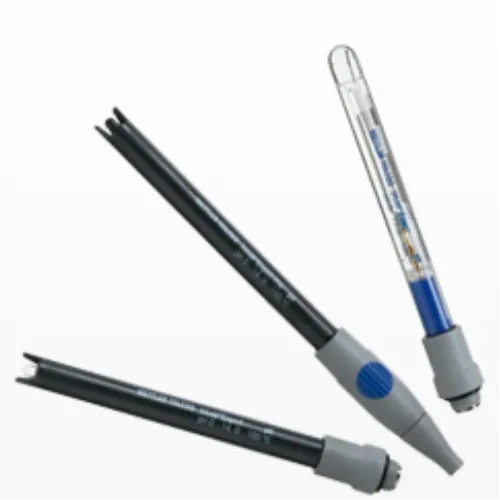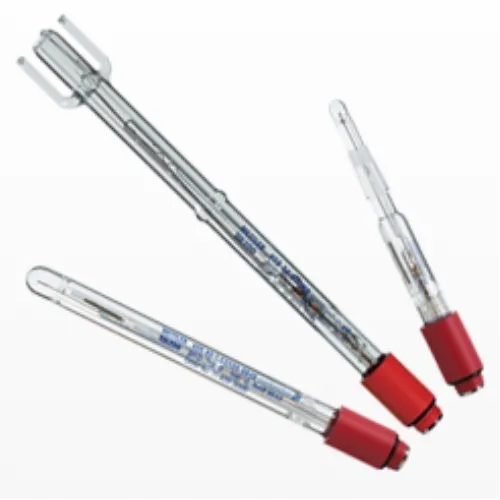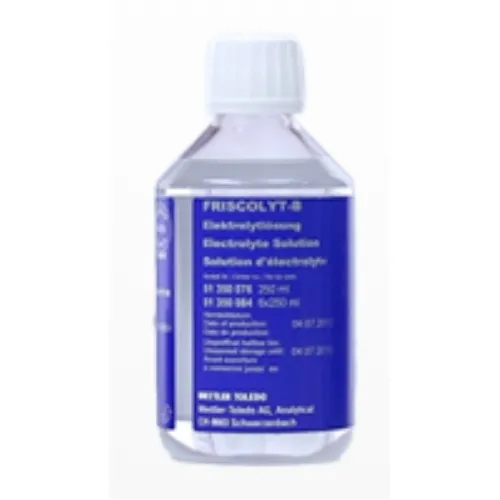LE Dissolved Oxygen Sensors
Product Details:
Product Description
The Light Edition (LE) sensors are tailor-made for high price/performance ratio. The offering includes sensors for all common applications and focuses on low maintenance and easy handling.
It is the perfect match with the Five and Education Line meters.
The concentration of dissolved oxygen in liquid samples is measured with LE dissolved oxygen sensors, which are probes. They are frequently employed in a variety of industries, such as food and beverage processing, wastewater treatment, and environmental monitoring.
The "low energy" prefix in the name of LE dissolved oxygen sensors stands for the fact that these sensors require little power to function. Their suitability for use in remote areas or in situations where battery life is a concern makes them ideal.
LE dissolved oxygen sensors typically consist of a probe that is submerged in the liquid sample and has a sensing device. The sensing component measures the concentration of dissolved oxygen in the sample using a technique like polarographic or galvanic measurement. In order to account for sample temperature fluctuations, which might impair measurement accuracy, the sensor may also include a temperature sensor.
For application in a variety of sample types, such as fresh water, salt water, and liquids with high quantities of dissolved solids, LE dissolved oxygen sensors may be created. They may also be made for usage in particular fields, including biotechnology or pharmaceuticals, where accurate detection of dissolved oxygen is essential for quality assurance.
Overall, LE dissolved oxygen sensors provide precise and dependable detection of dissolved oxygen levels in liquid samples, making them an invaluable tool for many sectors. They have low power consumption, long-lasting construction, and user-friendly features that make them an efficient choice for a variety of applications.
FAQ
1. A dissolved oxygen sensor is what, exactly?
Ans - A device used to gauge how much oxygen is dissolved in a liquid is called a dissolved oxygen sensor. The amount of oxygen accessible for aquatic organisms is often measured as part of the monitoring of water quality.
2. What role does dissolved oxygen play in water?
Ans - Dissolved oxygen is a crucial sign of the purity of the water. It is used to assess a body of water's level of pollution and aquatic life compatibility. Dissolved oxygen levels can affect aquatic life negatively at low levels and excessive pollution at high levels.
3. What distinguishes an optical dissolved oxygen sensor from a polarographic one?
Ans - Polarographic dissolved oxygen sensors use an electrical current to measure the amount of oxygen in a liquid. Using a particular dye, optical dissolved oxygen sensors track how much light is absorbed to determine how much oxygen is contained in a liquid.
4. How deep can an LE dissolved oxygen sensor go?
Ans - LE dissolved oxygen sensors are made to function down to 100 metres (328 ft) of depth.
5. What is the recommended frequency for calibrating LE dissolved oxygen sensors?
Ans - If necessary, calibrate LE dissolved oxygen sensors more frequently than every two years.

Price:
- 50
- 100
- 200
- 250
- 500
- 1000+
Other Products in 'Laboratory Consumables & Accessories' category
 |
Mettler-Toledo India Private Limited
All Rights Reserved.(Terms of Use) Developed and Managed by Infocom Network Private Limited. |
 English
English Spanish
Spanish French
French German
German Italian
Italian Chinese (Simplified)
Chinese (Simplified) Japanese
Japanese Korean
Korean Arabic
Arabic Portuguese
Portuguese
